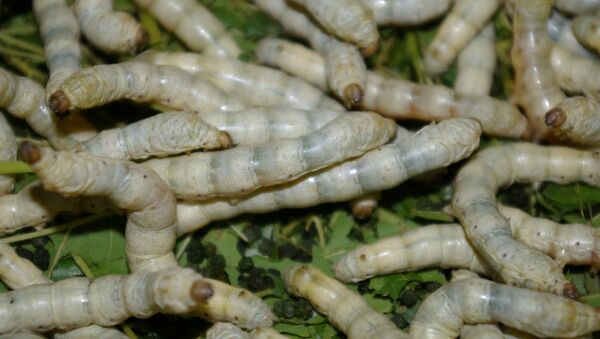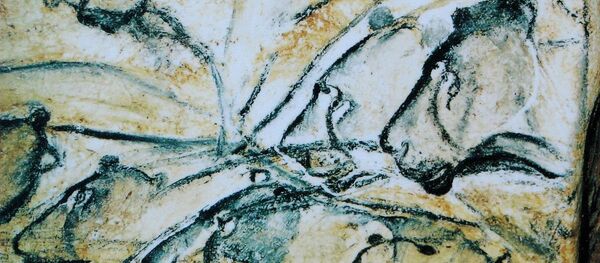“In 2000, researchers first isolated and sequenced the key proteins that create spider silk (ampullate spidroin-1, spidroin-2, etc.). That let scientists reproduce spider silk proteins in yeast, E coli bacteria and other substances in somewhat the same way as pharmaceutical companies produce proteins for drugs. But these methods didn’t yield a lot of spider fabric,” NextGov reports.
To create silkworms who can spin spider-like silk, scientists injected pieces of spider DNA into silkworm eggs.
“We are going to provide them a series of different thread counts, thicknesses, construction techniques that they will test against standard material performance specifications,” Kraig COO Jon Rice told NextGov.
While so-called Dragon Silk is only about two-thirds as strong as kevlar, and therefore not a suitable full replacement, the elasticity of the silk is what make it useful.
“But Kevlar has an elasticity of 3 percent,” Rice continued. “If you have a Kevlar fiber, it’s not going to move at all. Our fibers have a 30 to 40 percent elasticity before they break.”




